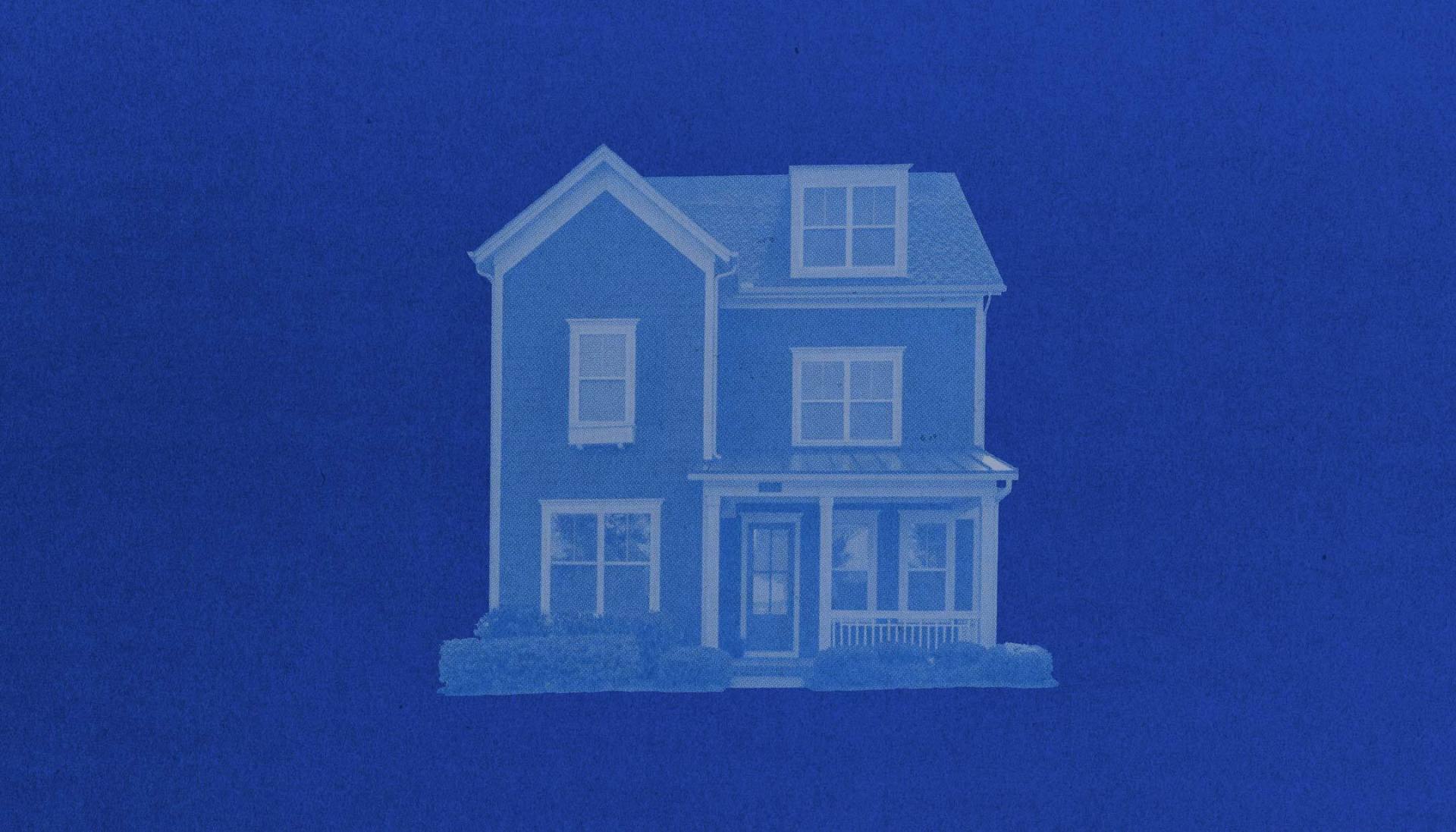Security deposits can be one of the most contentious areas of a landlord and tenant relationship. Usually, disputes come down to misunderstandings and poorly communicated expectations. There are also different sets of laws and regulations from state to state and city to city.
Avoiding disputes over a security deposit disputes should be a priority. Mistakes can be expensive, and when residents push back against charges, a quick resolution is favorable to all.
Best practices to avoid security deposit disputes
Clear and consistent expectations are the best way to avoid security deposit disputes. This start when a resident moves in, continues through the lease period, and is reinforced when the tenant decides to move out or the lease is not renewed.
A property owner should provide a list of expectations that need to be met to get the full security deposit back. This will give a guideline for returning the property to the same condition it was in when they took possession.
Inspection reports document property condition
Documentation is important when residents move in and out. Before move-in, schedule a walk-through and do a full move-in inspection report. This should be conducted with the new resident and both resident and owner should sign off on the inspection report.
This same inspection form during the move-out, and then compare the condition at each time.
Aside from normal wear and tear, a property should be in the same condition as it was at move in. Pictures can supplement the inspection report.
Provide an opportunity to remediate
Along with setting clear expectations at the start and end of a lease, an owner should give tenants an opportunity to remediate and address any conditions that could result in a reduction of the security deposit refund.
In some states, like California, an owner is required to do a walk-through before a resident moves out to point out any deductions.
Residents have the opportunity to address the problem before leaving so they can get the full security deposit returned.
Document money spent on repairs
Documentation of any money spent on the cleaning or repair of a property after a tenant moves out is another way to avoid protracted disputes. This information will be included with the security deposit accounting statement to the resident who has moved out.
Each state has a timeframe for landlords to return the security deposit and the accounting to the resident, usually within 15-30 days of move out.
In California, for example, property owners have 21 days to either return the deposit or provide an accounting of where the deposit was spent.
Situations where a deposit can be withheld
It's vital to understand what’s appropriate for reductions. Landlords can withhold security deposit for unpaid rent, any repairs to the property for damages caused by abuse, misuse, or neglect, and any cleaning that’s required to bring the property back to the level of cleanliness at the commencement of the lease.
All of this is subject to wear and tear. Landlords cannot charge the security deposit for general wear and tear that happens to every property, regardless of who is living in it.
Managing security deposit disputes
If a dispute occurs, there are several ways to resolve it. Talking to a former resident and reaching an informal settlement is probably the best route.
If a resolution cannot be reached, the case may end up in a small claims lawsuit or a hearing; local rules decide how the dispute or the claim is handled.
Here are a the main takeaways for property owners:
- Document the condition of the property at move in and move out.
- Set clear expectations when a tenant moves in.
- Keep records of the amount spent on necessary repairs it after a resident moves out.
- Walk through the property with tenants before move out so they have the opportunity to resolve any issues for which they might be charged.
- Try to avoid going to court. Try to settle or negotiate with the tenant to save time, money, and legal fees.
Mynd works with security deposit issues in multiple states, and we have a lot of experience collecting, holding, and returning them. For questions about what to do when it’s time to return a resident’s security deposit, please contact us at Mynd.





